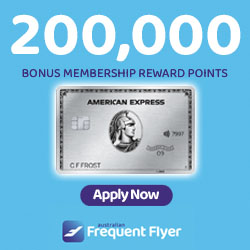Qantas CEO Alan Joyce says infrastructure, such as a second Sydney airport. is a key national issue, with timely decisions vital. Source: AFP
"I EXPECT 2014 to be another challenging year marked by economic volatility, record fuel prices and a fierce competitive environment."
1. Has the corporate outlook improved, and if so what investment plans do you have for next year and why?
Not significantly. I expect 2014 to be another challenging year marked by economic volatility, record fuel prices and a fierce competitive environment. Our investment continues to be focused on improving the customer experience but we also remain vigilant in managing costs.
2. What do you see as the biggest opportunities/challenges facing your company?
There are two big opportunities. First, the potential for aviation partnerships to shape the new traffic flows emerging from global economic change. Second, the potential for new technology to unlock better service for airlines employees and customers. The biggest challenge is the lack of a level playing field for investment in Australia's aviation market - a gap that is allowing government-owned foreign airlines to unfairly reshape the market in their favour.
3. What opportunities do you see for your company and the country in Asia and how do you plan to exploit them?
We don't see Asia as a single region but rather a group of quite different markets. That's been the driver between us seeking out the best partners we can in each part of Asia, either for codeshare purposes or for joint ventures in the case of the Jetstar airlines in Singapore, Vietnam, Japan and Hong Kong. What the Jetstar brand has achieved in Asia in 10 years is just remarkable. We still have some hard yards to go, but in terms of strategic partners and brand presence, we're very comfortable with how we're placed in Asia.
4. What is the biggest technology threat or opportunity for your company?
I see technology as a huge opportunity. The new Boeing 787 is a perfect example of how the aviation industry thrives on it. Quite apart from how customers feel about these new aircraft, they use 20 per cent less fuel than similar-sized alternatives, which is an amazing opportunity.
Of course, keeping up to date with technology also requires a lot of capital, so there's a balancing act involved.
5. What are the key national issues and how should they be solved?
The need for stable economic leadership and policy certainty. Emissions trading is one example. Timely decisions on key infrastructure like a second Sydney airport is another. As an economy in transition, this is what will help to drive economic growth and unlock productivity.

















